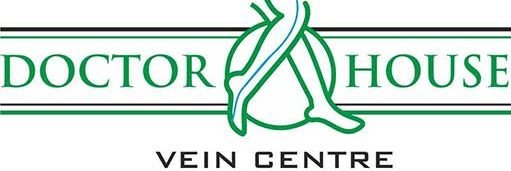Do you often complain of pain, swelling, throbbing, or a burning sensation in your legs? Beware! These symptoms could all be due to Varicose Veins. Varicose veins are enlarged veins with a rope-like appearance. They’re usually purple or blue in color, occur right beneath your skin and typically affect your legs and feet. For some, varicose veins are only a cosmetic concern. In fact, the large, twisting veins may cause no discomfort whatsoever, while damaged veins that are less visible can become extremely painful.
In general, various symptoms contribute to the overall feeling of pain and discomfort:
- The feeling of heavy, achy legs
- Muscle cramps
- The feeling of throbbing and burning in your legs
- Swelling in your calves and around your ankles
- Discomfort around a particular area of veins
All these symptoms usually become more bothersome during warm days. Blood vessels have a tendency to dilate with higher temperatures, which makes it even harder for the valves to function properly. The symptoms also worsen as the day progresses and more blood pools around your ankles. Prolonged periods of sitting or standing are also considered aggravating factors and can result in pain. For more details or information on Varicose Vein, visit our website www.varicose.in or get in touch with Dr. Shoaib F. Padaria at Doctor House Cardiovascular Center in Mumbai.
How to get relief from varicose vein pain
There are several ways to relieve pain caused by varicose veins.

Elevate your legs
Simple exercises can help you get relief from Varicose Veins. All you need to do is elevate your legs above your heart. You can place your feet up on a table, stretch them up a wall, or lie down in bed and rest your legs on three or four pillows. This will help make it easier for blood flow in your lower body to circulate toward the heart, and the venous valves will function more effectively. All it takes is just 15 minutes and you can follow this at a time. It should help reduce the swelling and ease the pain.

Stretch and change positions
It’s very important to stretch yourself and move. Walking causes the muscles in your calf to contract, and this empties the collected blood in your legs back towards the heart. This causes the leg pain to decrease. Flex your feet frequently, especially during long trips when your legroom is limited. If you have to sit or stand in your job, change position at least every 30 minutes and bend your knees regularly. Proper hydration and physical movement support healthy blood circulation, so drink enough water and move around as frequently as possible.


Soak legs in cold water
Summers can get really tough for patients suffering from Varicose Veins. It’s very helpful to soak your legs in cold water. The reason is warm weather tends to dilate the veins, which puts more pressure on already strained varicose veins. This will help to decrease the swelling and the associated feeling of heaviness, as well as overall discomfort and leg cramps. Avoid taking hot baths and spending time in hot tubs. The heat has a negative effect on your veins, and the throbbing pain can become even worse if you spend too much time in hot water.

Drink plenty of water
As we all know proper hydration promotes blood circulation. So, if you are suffering from Varicose Veins, it’s important that you drink plenty of water which helps in keeping the blood flowing and reduces discomfort.
Maintain a healthy weight: Keeping a track of your weight is important. Gaining excess weight can result in development of or enlargement of Varicose Veins. Shed those extra pounds, stay fit and healthy. Also, follow a low-salt diet to prevent water retention that can cause swelling.
Wear low heeled shoe and less restrictive clothing: Avoid wearing high heels. Wearing tight clothing, particularly around the waist, legs, or groin area, can impede blood flow. For more details or information on Varicose Vein, visit our website www.varicose.in or get in touch with Dr. Shoaib F. Padaria at Doctor House Cardiovascular Center in Mumbai.


